The AMD Radeon RX 460 is here, and I know a lot of you have been looking forward to see what it can do for 109 USD or at around 5, 000 PHP. This is the last known Polaris model to hail from AMD, following the RX 480 and the simultaneously released RX 470.
The card we got is definitely not a reference cut version, with a 1210 MHz core clock speed, and 1750 MHz memory clock speed respectively out of the box. MSI effectively nullified the need for both the base and boost clock with this iteration of the Radeon RX 460. They are the only graphics card vendor that does this, and we are excited to see how much performance can one gain with that clock configuration.
With eSport titles as its focus, the RX 460 aims to deliver smooth gaming performance at 1080P with the latest eSport centric titles such as Overwatch, and DOTA2. Both games are a part of our benchmarking suite so we’re really looking forward to see what the RX 460 will bring to the table.
Table of Contents:
AMD Polaris Architecture
Polaris is relatively new, but it brings so much to the table with performance, efficiency and full support for the latest and future gaming technologies. This includes Async Compute support that allows the GPU to handle complex task with efficiency. Therefore, decreasing latency and saving precious GPU resources. Along with it comes the Quick Response Queue that puts compute tasks at the top of the queue. Allowing compute heavy tasks to be set on higher priority. Those ACE units on the Polaris 10’s GPU diagram are responsible for the Async Compute functionality.
Of course low level APIs such as DirectX 12 and the Vulkan API are fully supported, allowing the developers to uncap the performance, efficiency, and capabilities of Radeon GPUs with extra headroom. The AMD Wattman has been introduced too. A new overclocking tool from AMD built right into the Radeon Crimson Software Suite.
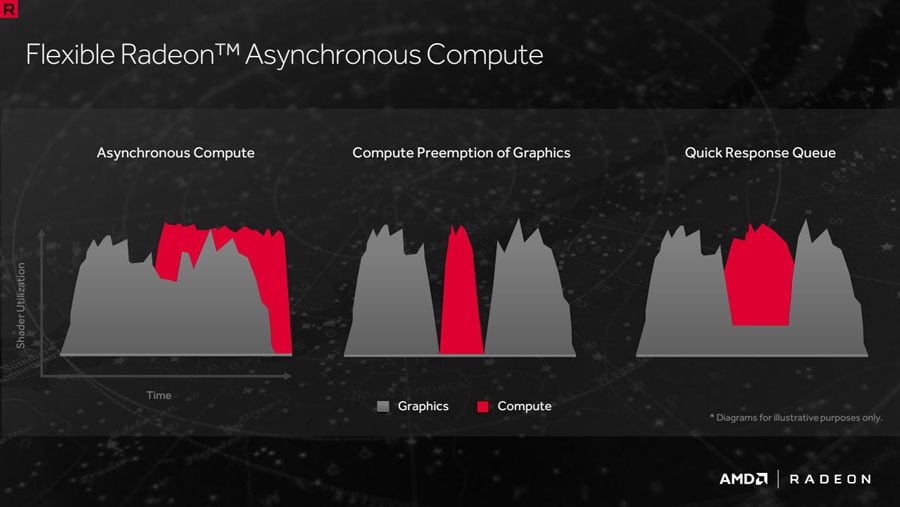
The Polaris architecture features new geometry engine enhancements including the Primitive Discard Accelerator. This effectively culls unnecessary geometry from the graphics pipeline. Allowing the graphics card to disregard any unnecessary stuffs from the pipeline. Only drawing the ones that will be displayed on screen.
Memory and Delta Color Compression are also improved, with an updated memory controller supporting a maximum of 8Gbps. Along with it comes the Lossless Delta Color Compression which should provide performance per bandwidth and power improvements.
The AMD RX 460 falls under the Polaris 11 architecture which is geared towards a more budget conscious audience. The RX 460 is also slated for gaming notebooks.
Unboxing
The packaging of the RX 460 from MSI is small, which is expected for a budget oriented graphics card. The colorbox denotes that this is indeed the 2GB variant of the RX 460, and is not the reference edition card.
Accessories are pretty light with a few paper works and a software DVD. Nothing extraordinary to see here.
Design
The MSI RX 460 OC looks proper with its Black and White aesthetics with a shroud that over extends for the sake of completing the symmetrical looks. Now the cooler is made out of a single piece of machined aluminum, which we should check out if it’s enough to keep the card cool.
The card is 6.7 inches long, and features a single 90mm cooler. It’s not 0dB compliant, staying at 30% fan speed when the card is idling. That’s around 1680 RPM based on our records.
There’s definitely no need for MSI to add the back plate here, since the card features a matte black PCB, and adding one will result in a higher priced card. Now there are four VRAM solder points located at the PCB with all of them already populated by this card. This means that for the 4GB version, the VRAM density of each chip is the only thing that will change. This one for example has a config of 4x512MB SK Hynix chip.
Display ports are basic. We’ve got a single DVI port here, an HDMI 2.0b port, and a DP1.4. Nothing extravagant, but nothing out of place for a budget card.
The card is rated to consume <75W of power and thus the MSI RX 460 features no external power ports to source its juice. According to MSI, this card features components that has been MIL-STD-810 certified. That’s US Military certifications so MSI got your back on the quality of the components used in this card. Somewhat.
Test Setup
Graphics cards are not total strangers in our labs, but providing a precise result usually needs a lot of time and effort on our end. Helping us to do those things are hardware and software based measurement tools, a wide selection of popular titles, and benchmarks.
Third party background softwares are disabled while the benchmarks are running unless required. Benchmarks should include 720p, 1080p, 1440p, and 2160p if permitted or if necessary to the hardware being tested. The OS of choice is a 64-bit Windows 10 Pro with power options set to balanced.
| TEST SYSTEM SPECIFICATIONS | |
| CPU | INTEL CORE I5 6600K |
| MOTHERBOARD | ASUS Z170-A |
| CPU COOLER | SILVERSTONE TD03-LITE |
| MEMORY | CRUCIAL BALLISTIX TACTICAL 16GB |
| GRAPHICS CARD | MSI RX 460 2GB OC |
| INT. STORAGE | KINGSTON HYPERX FURY SSD 240GB |
| PSU | COOLER MASTER SPH 1300W |
| DISPLAY | 27″ DELL U2715H WQHD IPS PANEL |
| OS | MICROSOFT WINDOWS 10 PRO |
Temperature
The Unigine Heaven is an intensive GPU benchmark that measures the performance of the graphics card. It doubles up as a stress testing tool with heavy usage of tessellation. Temperature values will be taken directly from GPU-Z, and will be cross referenced from other temperature logging tools. The ambient room temperature is checked at 27 Degree Celsius. Overwatch is used for the in-game temperature test.
Power
Our power consumption test will show how the GPU impacts system power consumption using Unigine Heaven, and Overwatch. The game and benchmark will run for approximately 15 minutes. Power readings are then taken from the entire test system using a watt meter connected to the wall socket.
Noise
The sound level of the whole system with the graphics card is taken as well. The room has an ambient noise level at around 37 dBA which is good enough to test the acoustic performance of any system or a graphics card’s cooling solution. The sound level meter is situated 2 feet away from the system.
The ADM Radeon RX 460, and in this case the MSI Radeon RX 460 2GB OC features a nice balance between cooling and acoustics, showing a maximum of 43dB at load with a respectable 71c maximum temperature. Idle temperature is certainly excellent with a 32c recorded temperature. Granted, the fan stays constant at 30% or 1680 RPM during low GPU usage, so there’s that. We’d like the card to to have its maximum noise level improve though, since it’s comparable to the reference RX 480 that we tested. Still not bad especially with the 120W maximum recorded power usage for the whole system.
Synthetic
3DMark 2013 is a suite of benchmarks catered for the gamers and enthusiasts. It features the FireStrike, FireStrike Extreme, and FireStirke Ultra benchmark presets which are suitable for wide range of systems. The total system scores from each presets will be used.
Unigine Heaven is a stress test and a benchmark tool built specifically for the graphics card. We will run a full test to see how the graphics card performs under such benchmark. The total system score will be used for comparison.
Unigine Valley is a stress test and a benchmark tool built specifically for graphics cards, similar to the Heaven benchmark. We will run a full test to see how the graphics card performs under such benchmark. The total system score will be used for comparison.
Now that we got a chance to take the R7 360 for a spin, we took the chance to compare both cards. Immediately, you’ll notice gains at around 19% with the Unigine Valley, while a massive gain from the Unigine Heaven can bee seen at 35% – 37%. This means that even the smallest of the Polaris cards could handle tessellation really well over the older generation of cards from AMD.
| TITLE | AMD R7 360 2GB | AMD RX 460 2GB |
| UNIGINE VALLEY 1080P | 100% | +19% |
| UNIGINE VALLEY 1440P | 100% | +19% |
| UNIGINE HEAVEN 1080P | 100% | +35% |
| UNIGINE HEAVEN 1440P | 100% | +37% |
| 3DMARK FIRE STRIKE | 100% | +27% |
| 3DMARK FIRE STRIKE EXT | 100% | +31% |
Gaming
Overwatch is Blizzard Entertainment’s critically acclaimed FPS shooter, running on a custom game engine developed by Blizzard utilizing the DirectX 11 API. Benchmarks will be taken from a custom game on a map called Temple of Anubis. The graphic settings is set to ultra with a 100% render scale.
DOTA 2 is Valve’s popular MOBA game, running on their own Source Engine 2. Benchmarks are taken from a match replay between Alliance and Natus Vincere. The graphic settings is set to the maximum. The frame rate is uncapped, and v-sync is turned off.
Ashes of The Singularity is an RTS game developed by Stardock and one of the first games to support the DirectX 12 API. Benchmarks will be taken directly from the game’s benchmarking tool, with the graphic settings is set to extreme.
Rise of the Tomb Raider is the direct sequel to 2013’s Tomb Raider reboot. It is developed by Crystal Dynamics and Eidos Montreal, with support for the DirectX 12 API. Settings are set to Very High, with SMAA, HBAO+, and Pure Hair enabled. Benchmarks were taken from the Syria level.
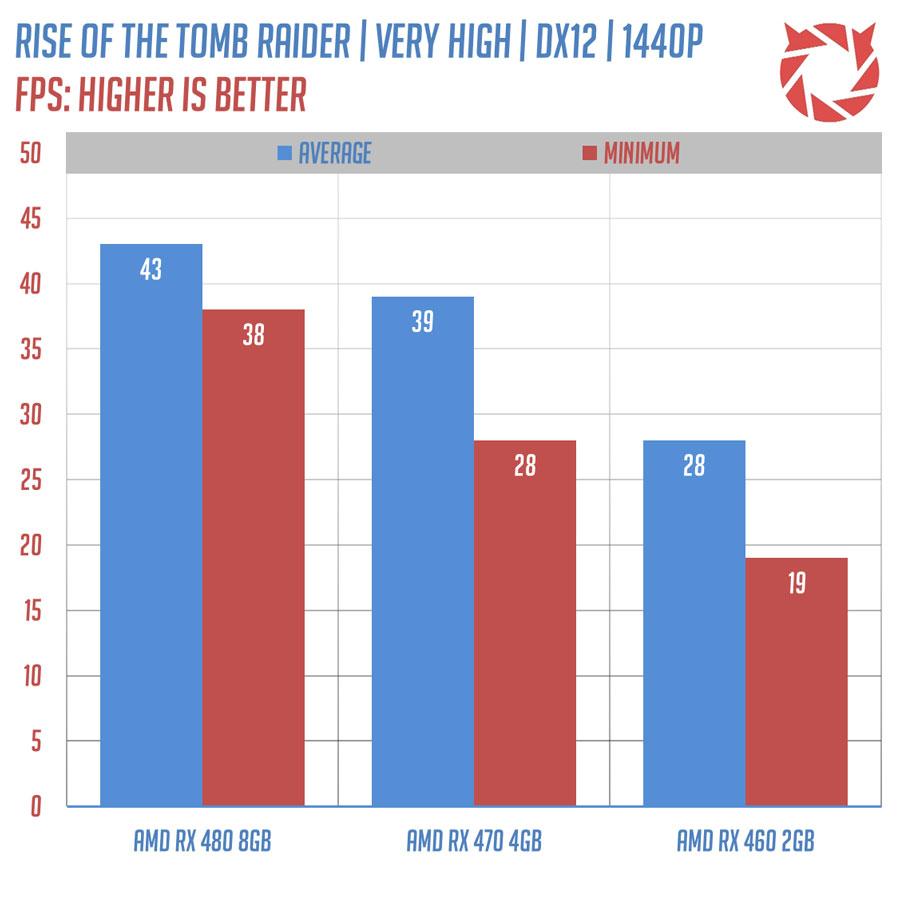
DIRT: Rally is Codemaster’s proper take on the rally racing game genre, with support for the DirectX 11 API. Settings are set to Ultra, with 8x SMAA enabled. Benchmarks were taken from the stages at Hafren, Wales.
Graphics performance on games definitely varies from title to title, and here we could see the RX 460 featuring a performance that is effectively 100% less than that of the RX 470 – With the exception of Tomb Raider, and DIRT Rally benchmark results. Going over to the specifics, the RX 460 showed a relatively smooth 1080P performance output at DOTA2 and Overwatch, with over 60 FPS output at their higher settings. 1440P gaming shouldn’t be a problem too, provided that you’ll dumb down the settings for both games. Now as for the most recent titles, you really have to tone down the settings event at 1080P to ensure a smooth frame rate.
| TITLE | AMD RX 460 2GB | AMD RX 470 2GB |
| OVERWATCH 1080P | 100% | +100% |
| OVERWATCH 1440P | 100% | +107% |
| DOTA 2 1080P | 100% | +90% |
| DOTA 2 1440P | 100% | +80% |
| AOTS 1080P | 100% | +90% |
| AOTS 1440P | 100% | +150% |
| TOMB RAIDER 2016 1080P | 100% | +45% |
| TOMB RAIDER 2016 1440P | 100% | +39% |
| DIRT RALLY 1080P | 100% | +25% |
| DIRT RALLY 1440P | 100% | +41% |
Overclocking
The AMD Wattman remains as our choice for overclocking AMD’s latest Polaris graphics cards, and with that said we gained 59 Mhz for the card’s core clock using Wattman’s Dynamic Frequency mode. VRAM frequency has been bumped too at 1800 Mhz, but it isn’t that great compared to the 1269 MHz we got for the core. Both aren’t great actually but it just shows that even the RX 460 could still pull extra numbers.
Gains we got from overclocking were acceptable at 3% to 4% across the 3DMark Fire Strike benchmark runs from 1080P to 1440P. Not really the best but we can’t really complain much. Power limit is set at its default by the way, since we do not find any stability gains from bumping it up.
Conclusion
The AMD Radeon RX 460 2GB is a suitable proposal from AMD at 109 USD or at around 5, 000+ PHP. We’ve seen how it performed and we are more than happy to see what it offered to the table, keeping its promises as a card that could take eSport titles smoothly at 1080P. That includes Overwatch, DOTA2, LoL, Rocket League, and CS:GO.
Now as for this particular rendition of the RX 460, the MSI card we got isn’t what I would call the best but it isn’t exactly bad either. The noise level in particular is comparable to the reference RX 480 at load, with a maximum of 71c at the scale which is good. Granted, 43dBA isn’t that noisy, and you could always play with the fan curve at the expense of a higher heat output. At the end of the day, it’s up to the end user to tweak this card for a good balance of noise output and temperature levels.
There isn’t much to complain about the card, and with that said we really like this 109 USD contender from AMD. It provides the GTX 950 a well deserved competition at a much lower starting point but do note that street pricing will always differ. Locally, we can see variants of the the RX 460 retailing for around 5, 495 PHP with up to 6, 995 PHP retail pricing for the 4GB model. That’s 150 USD for the 4 GB model, and around 115 USD for the 2GB one.
AMD Radeon RX 460 2GB
Summary
The AMD Radeon RX 460 2GB brings back AMD to the hearts of the masses, with a respectable 1080P gaming performance at eSport geared titles without breaking the bank.


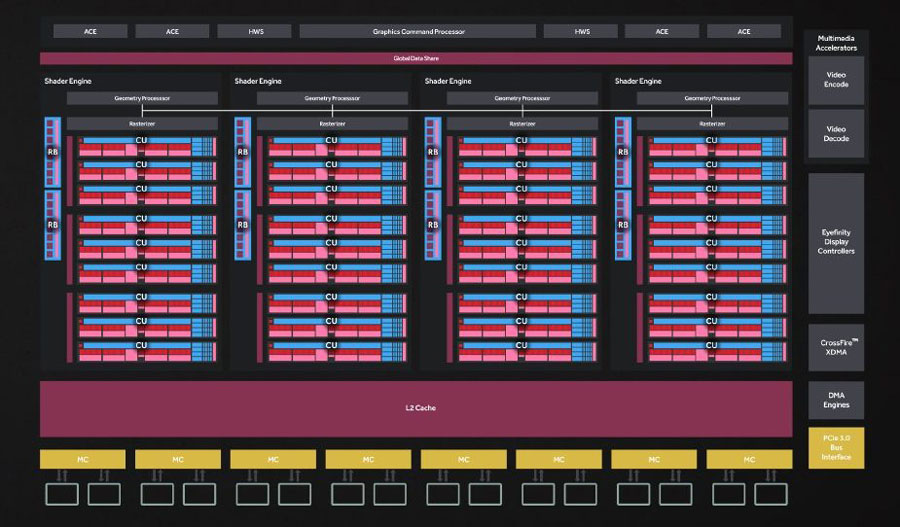
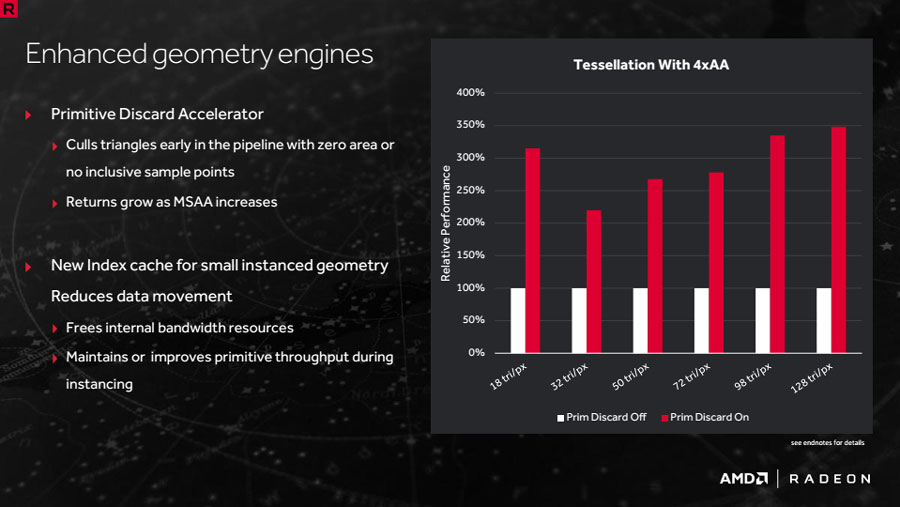
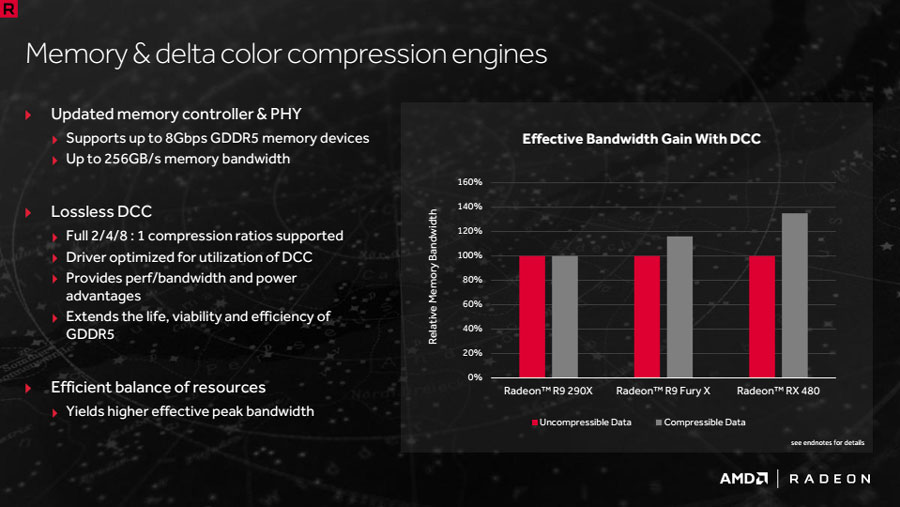
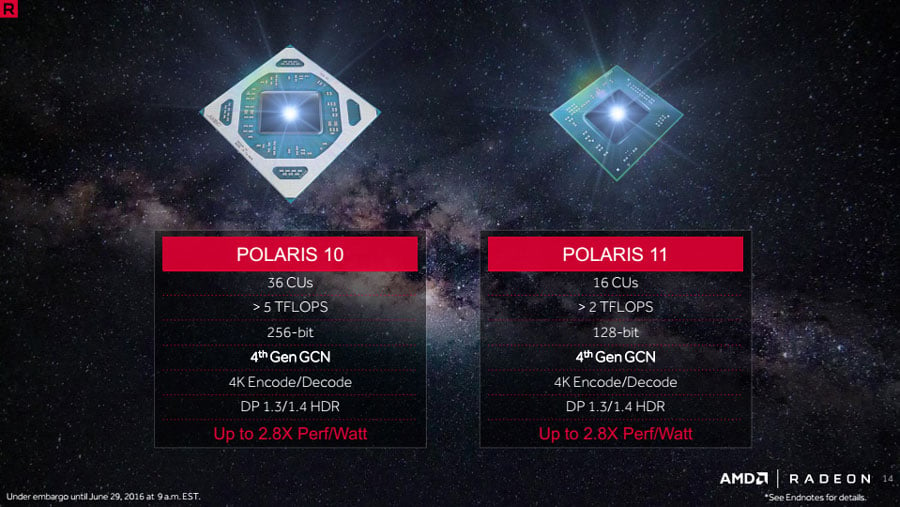
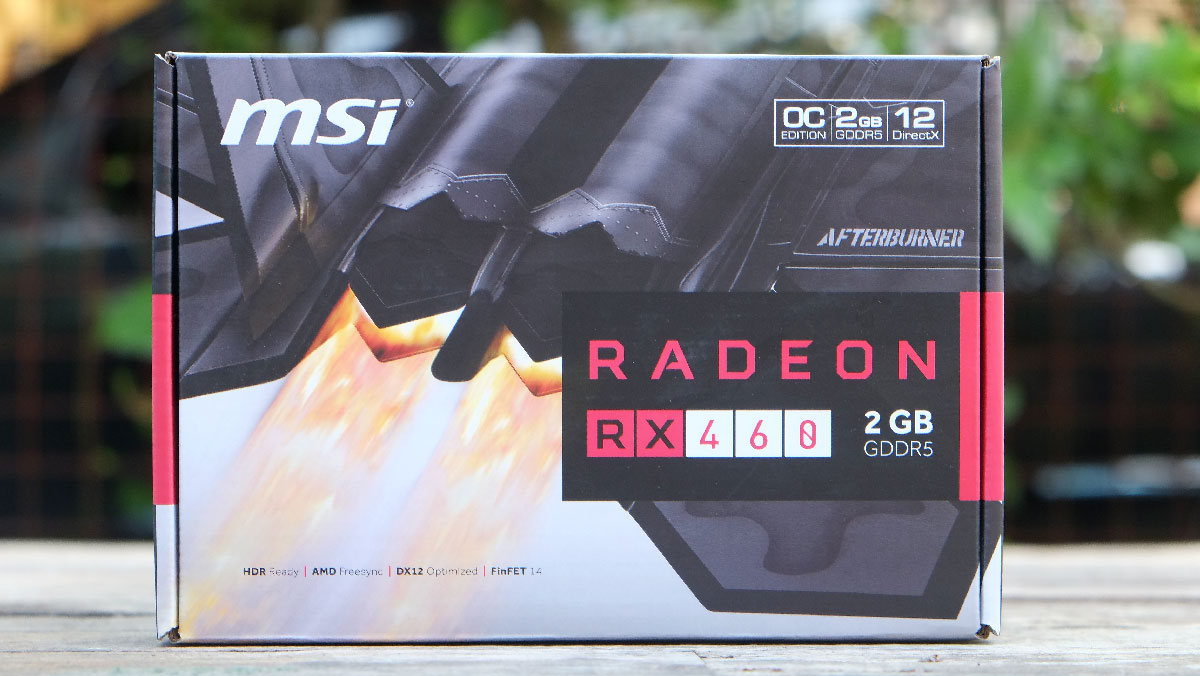
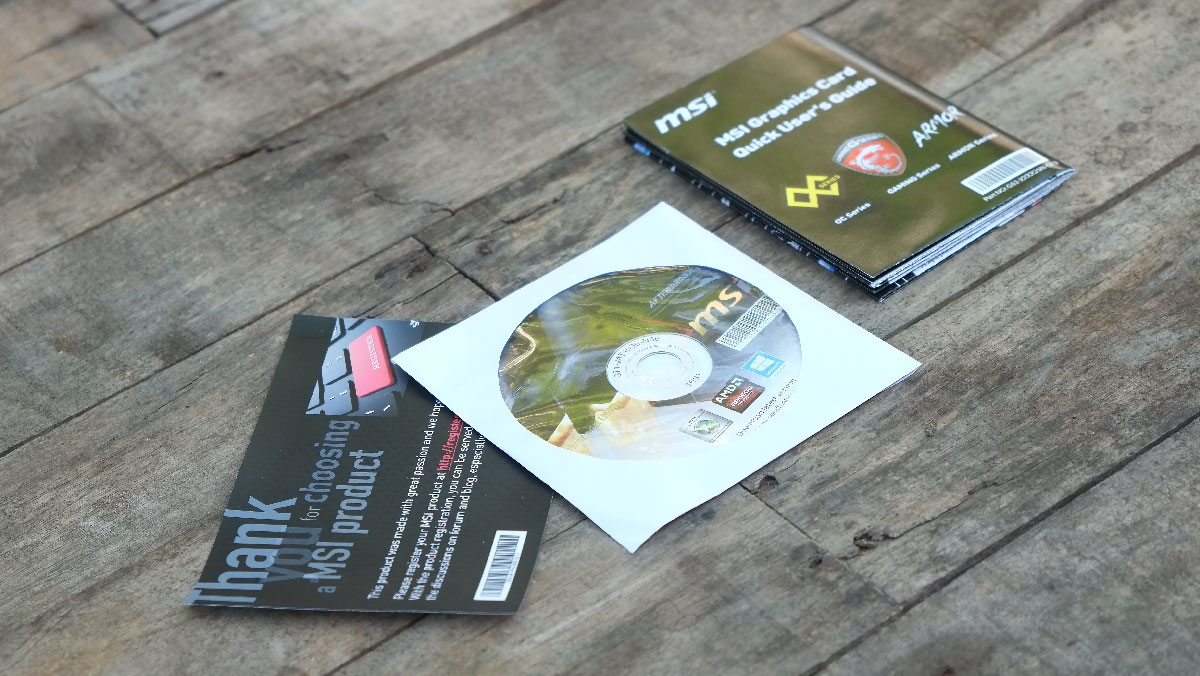
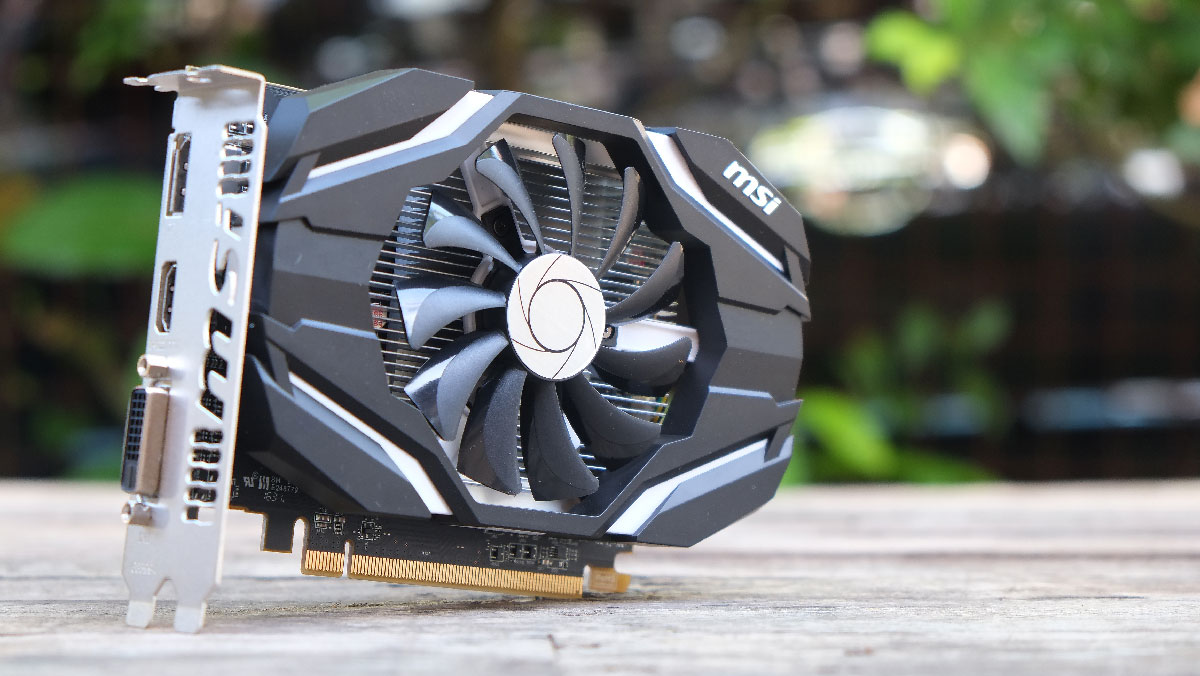
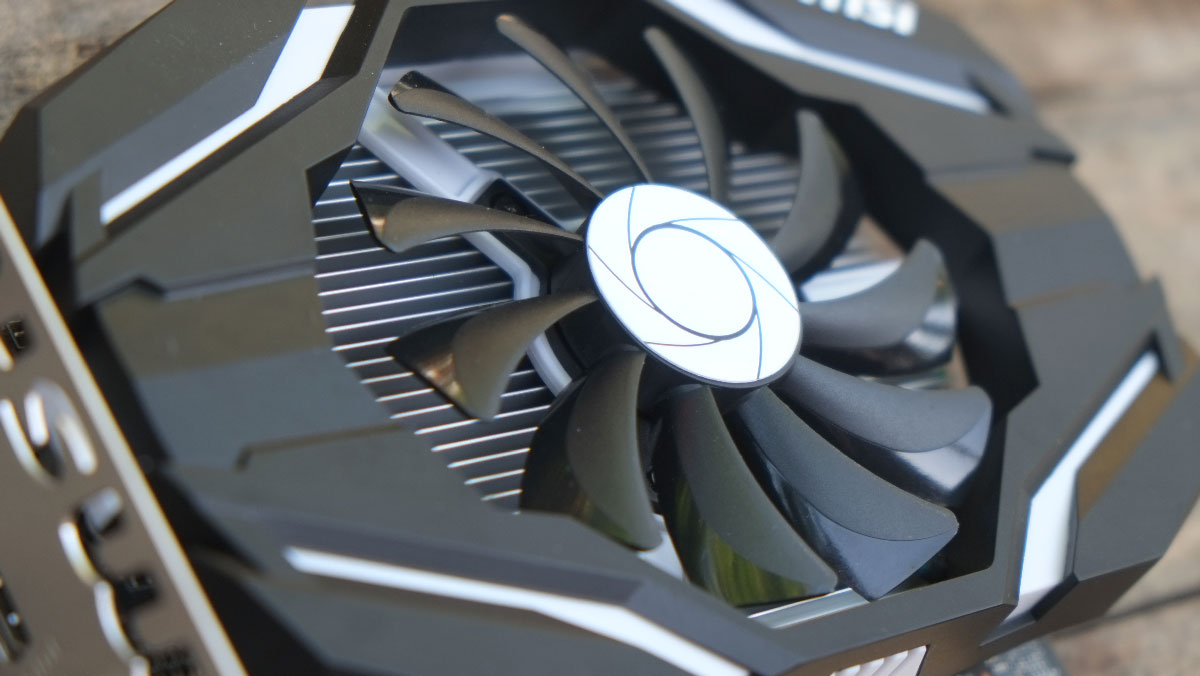
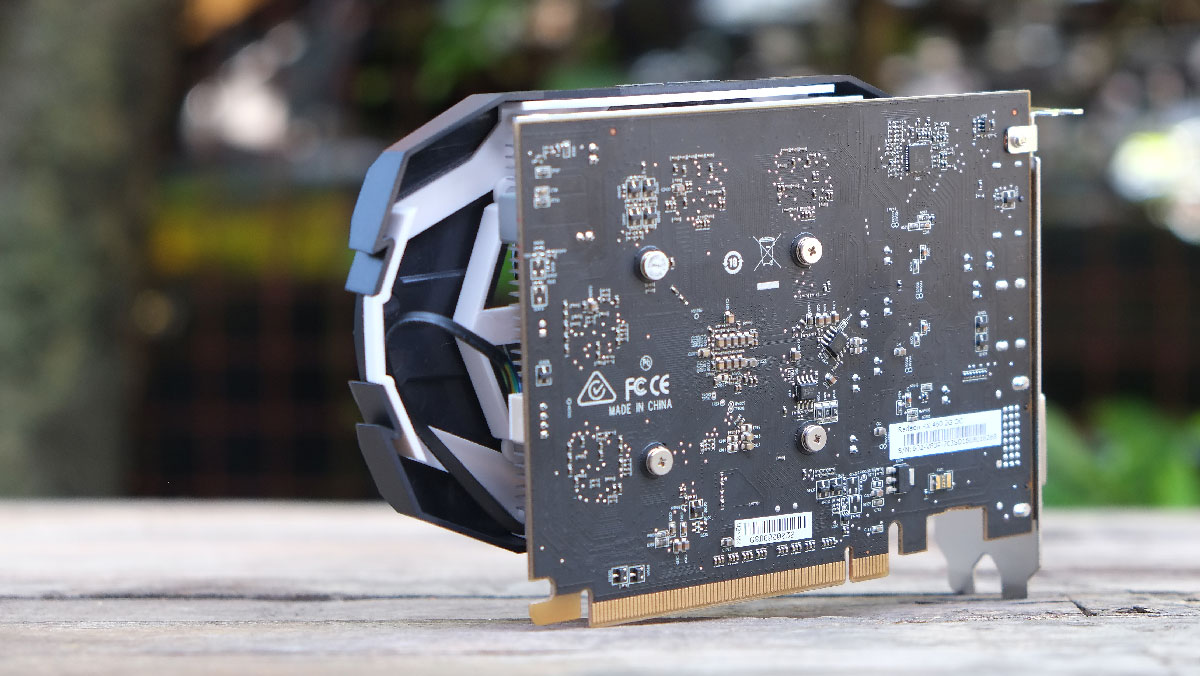
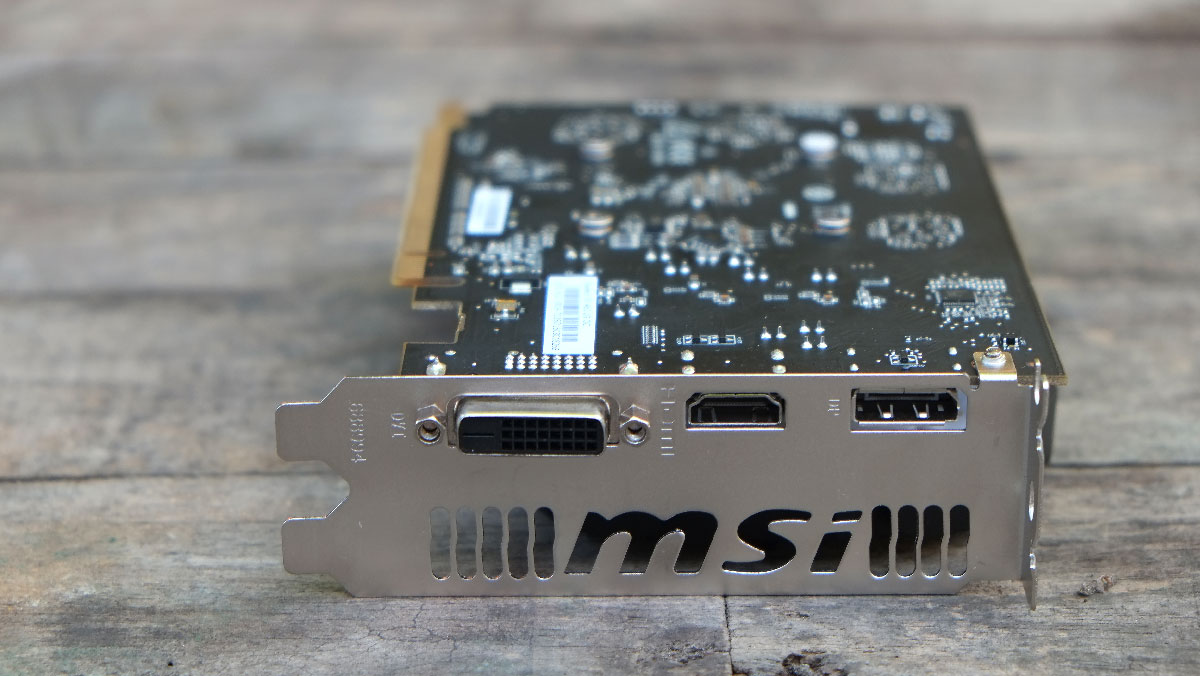

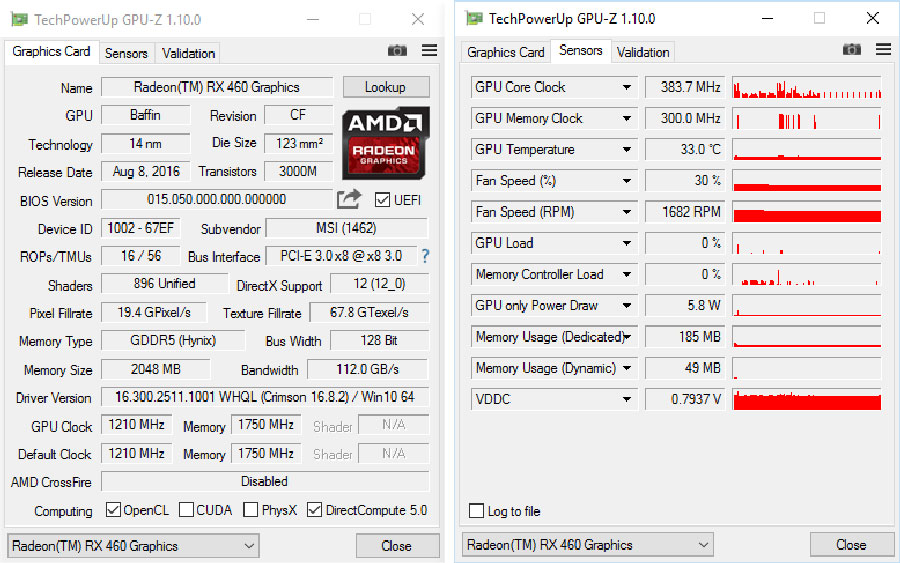
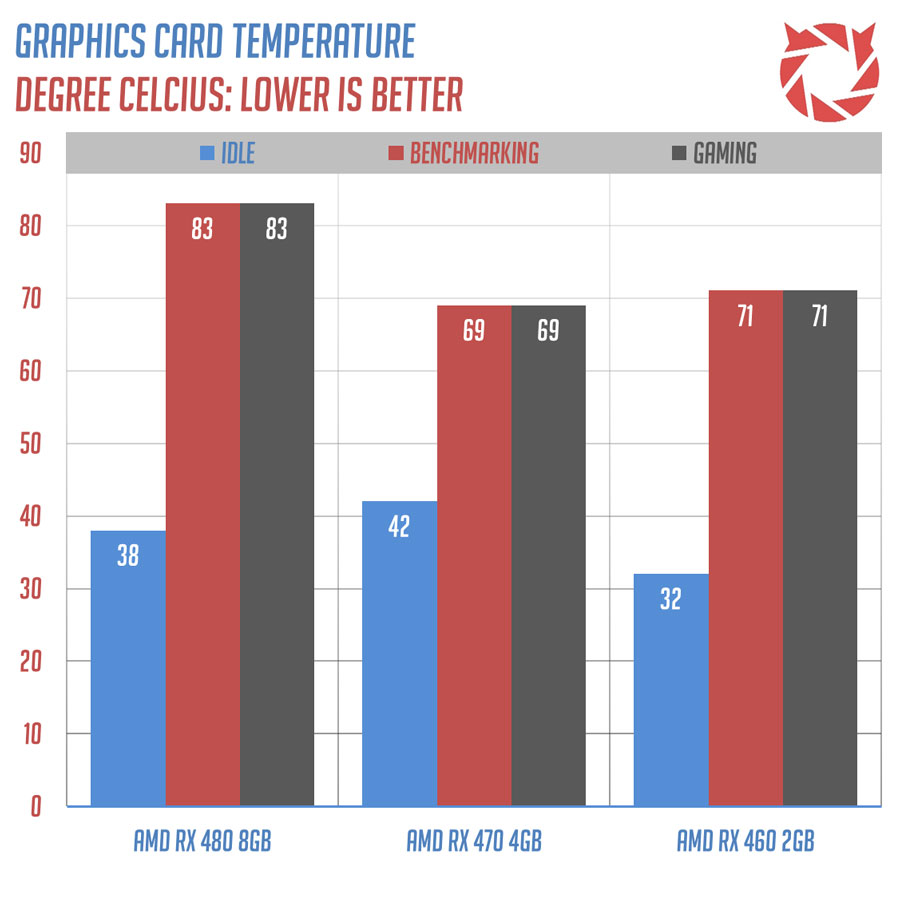
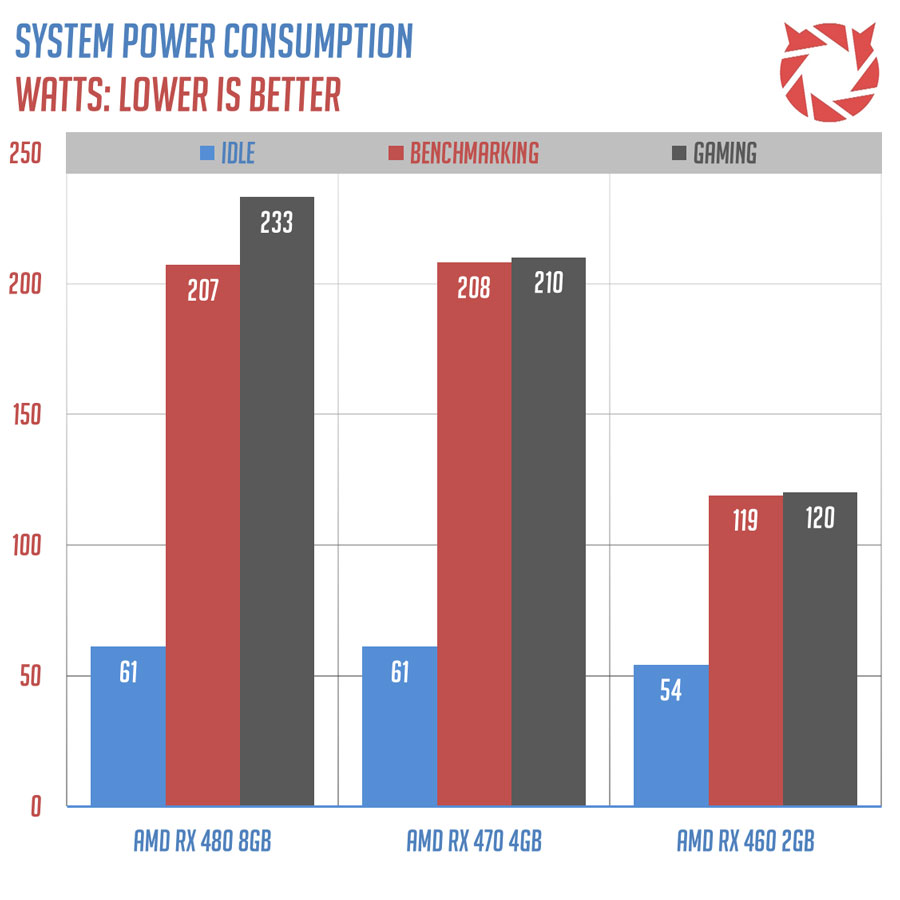
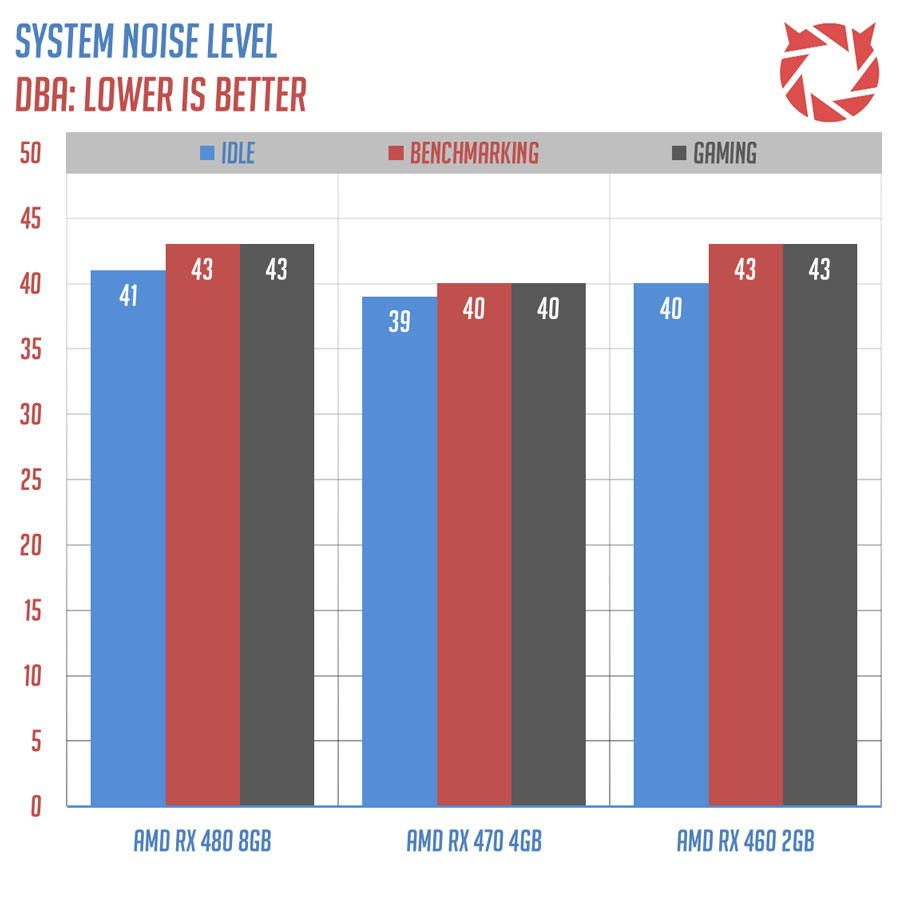
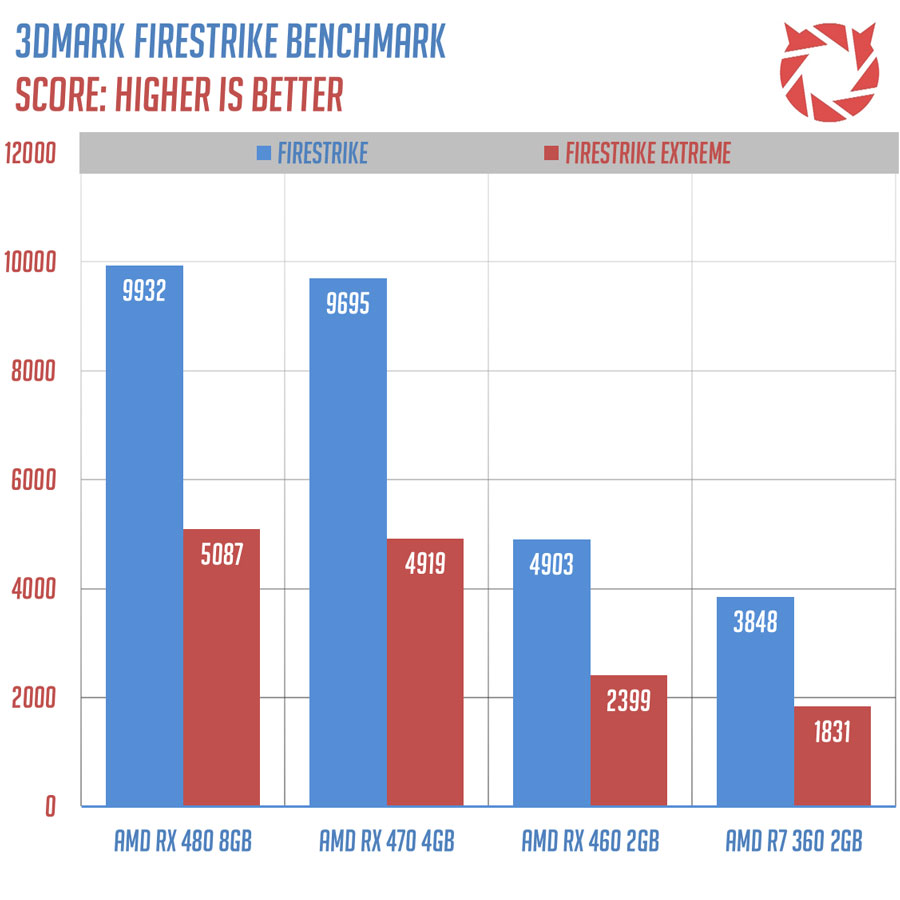

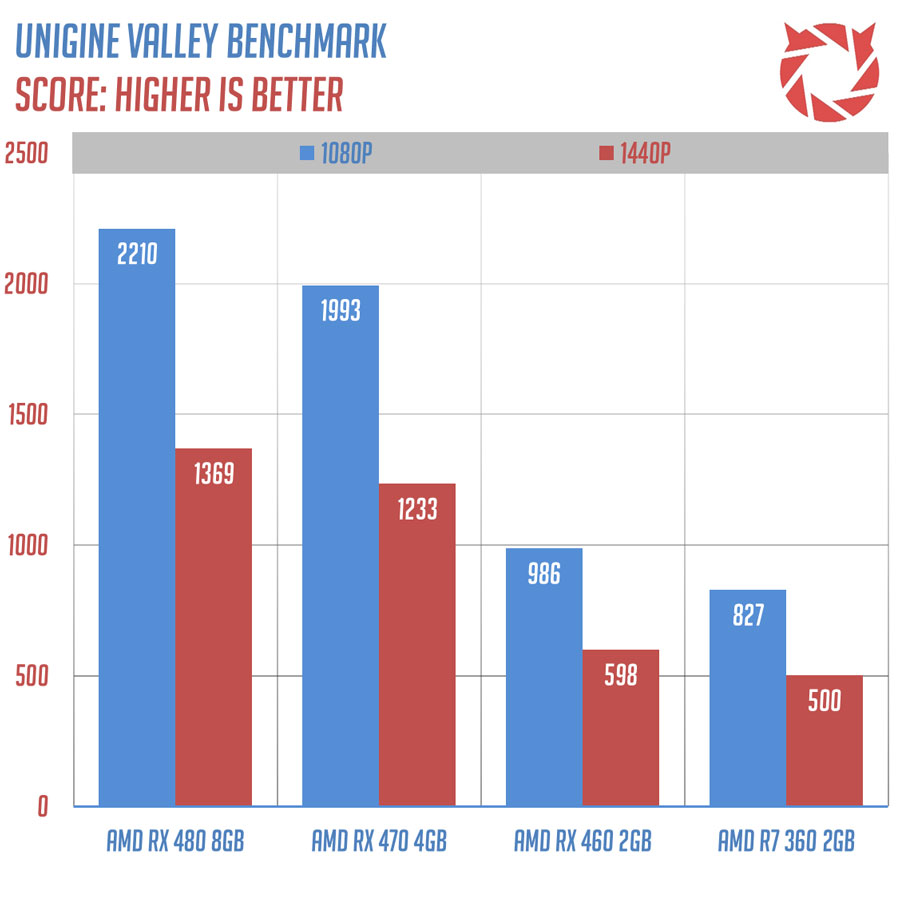


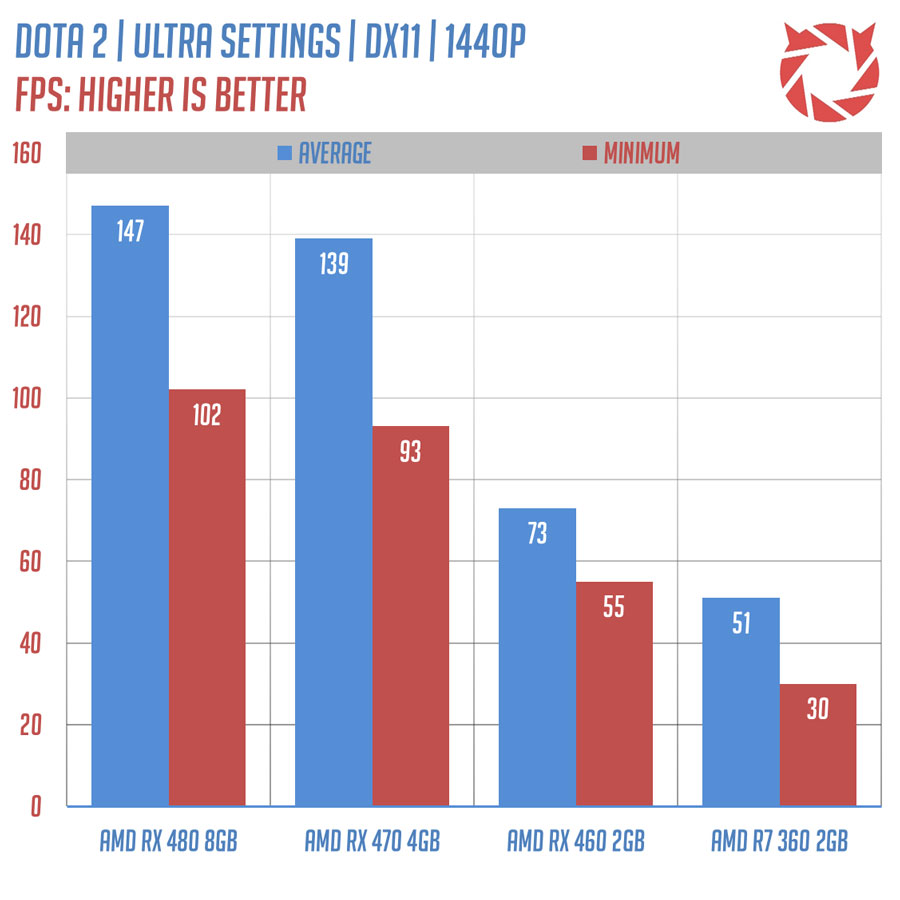
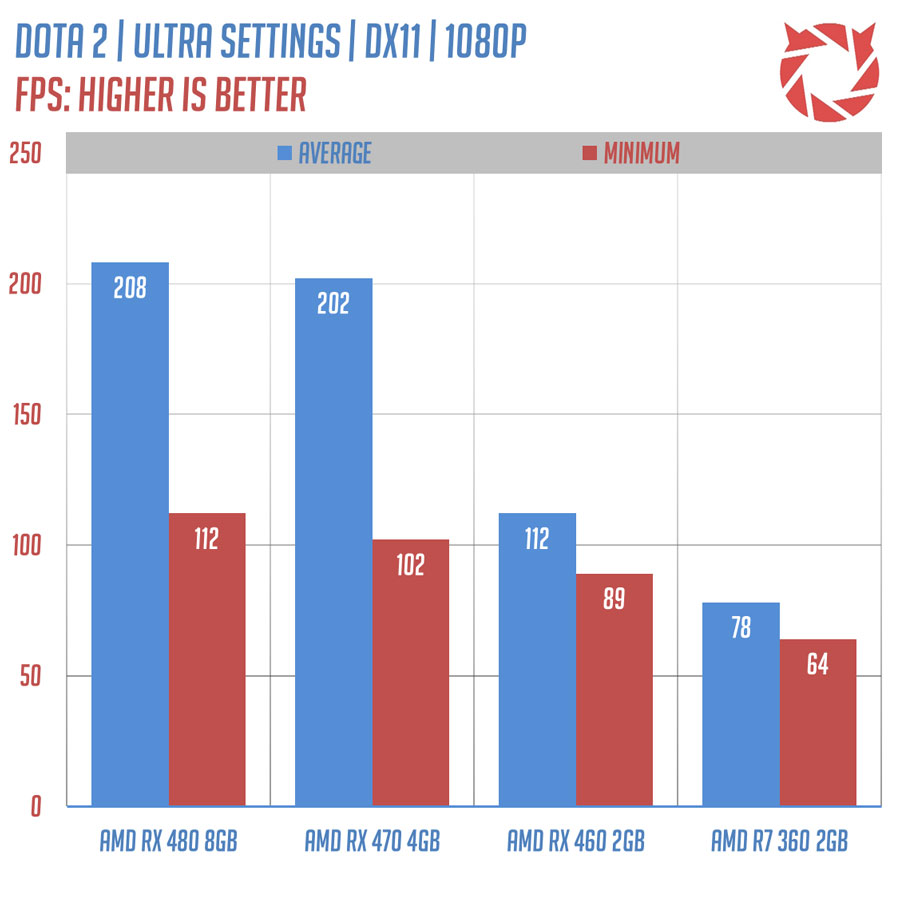
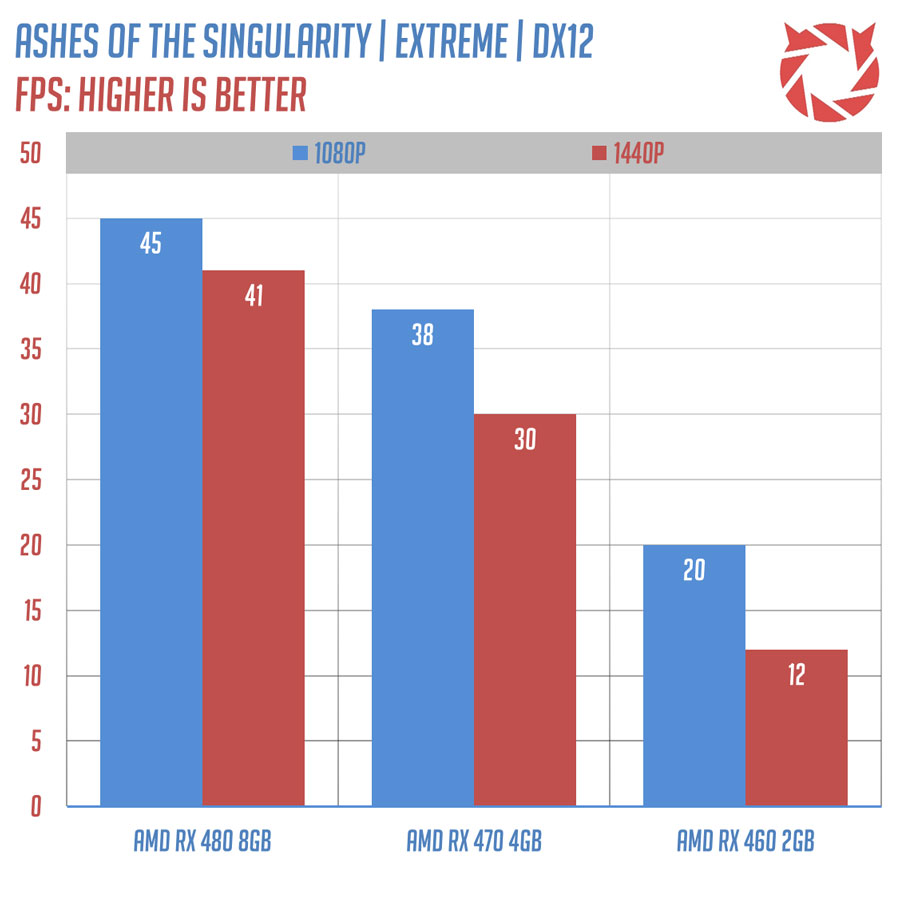
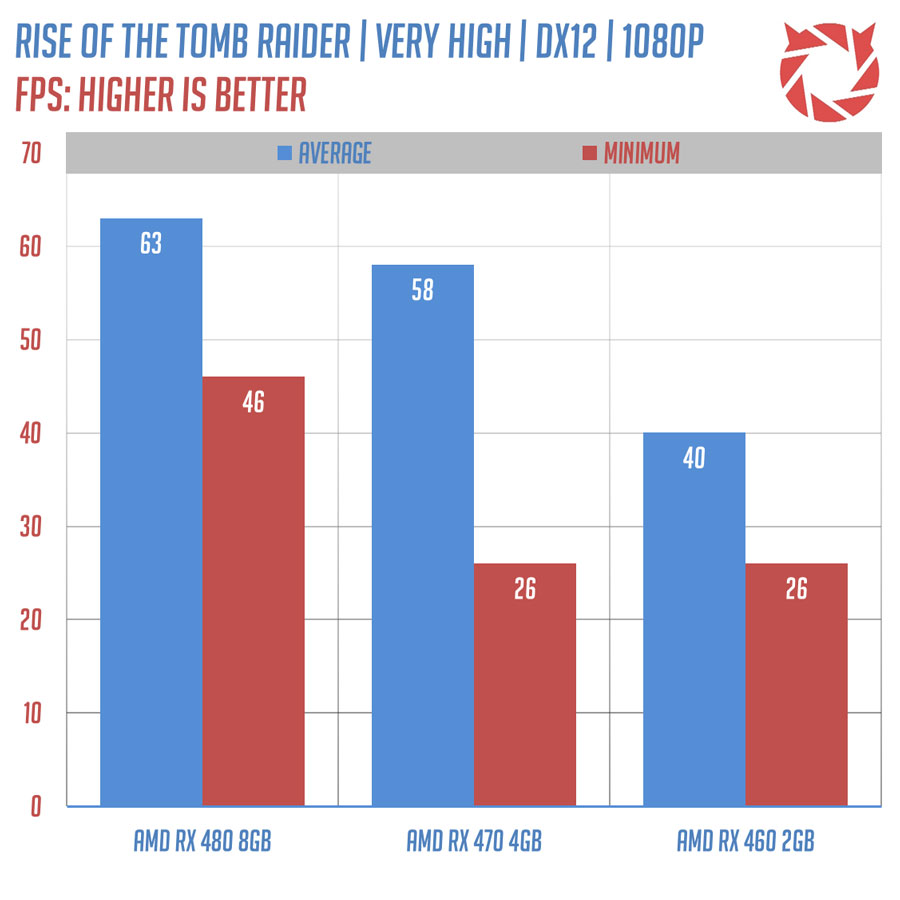
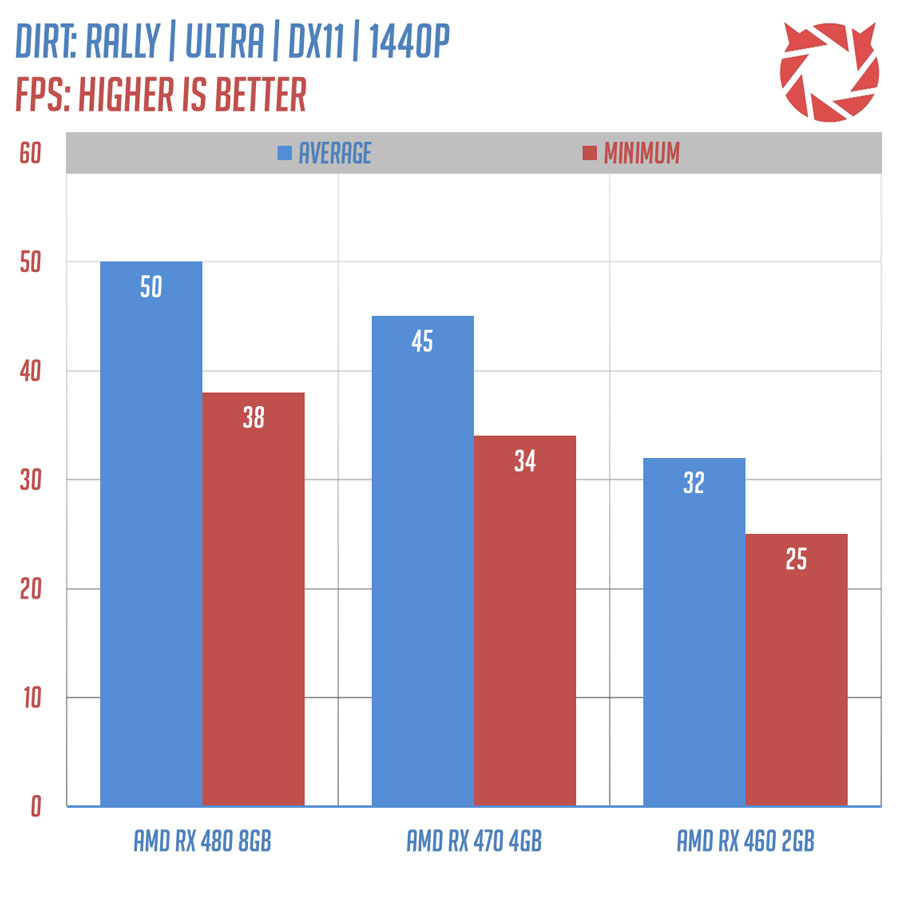
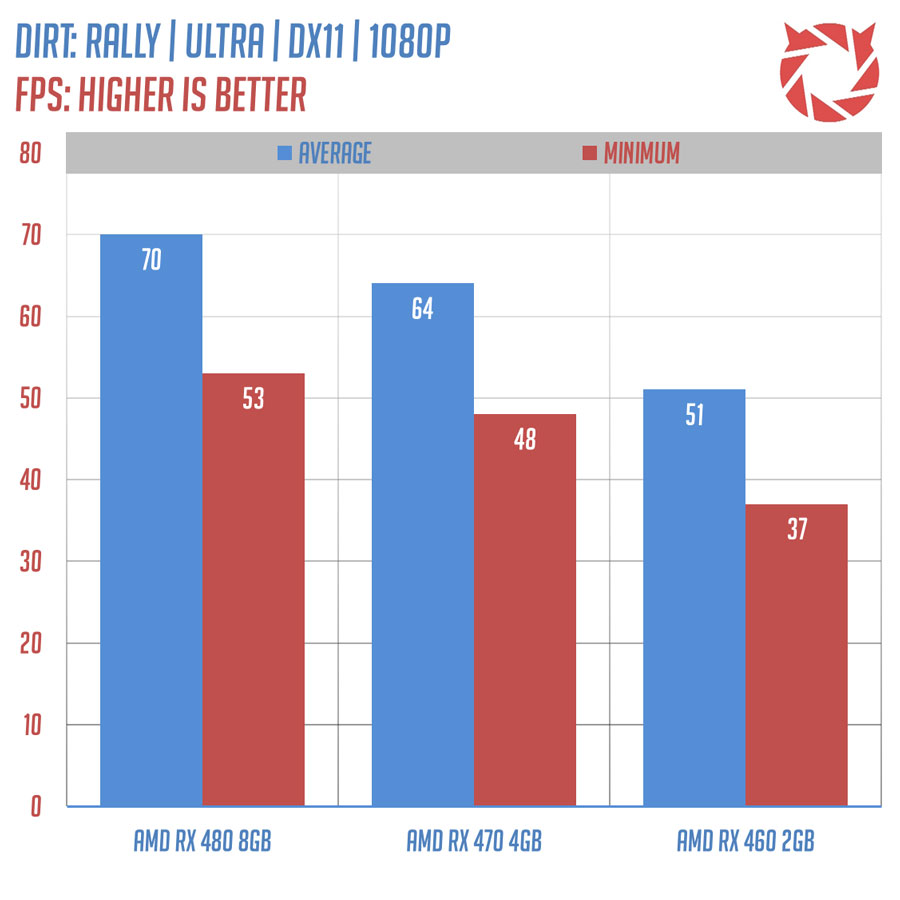
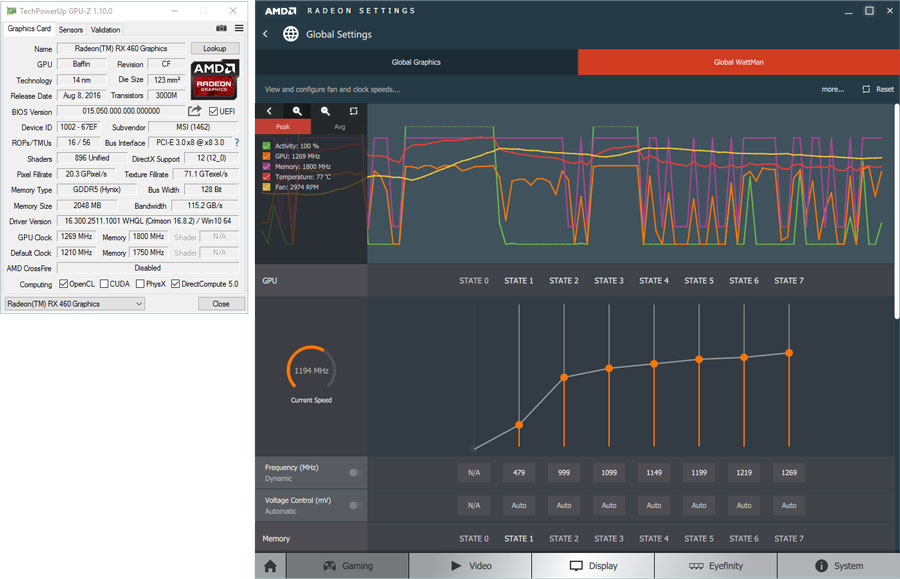
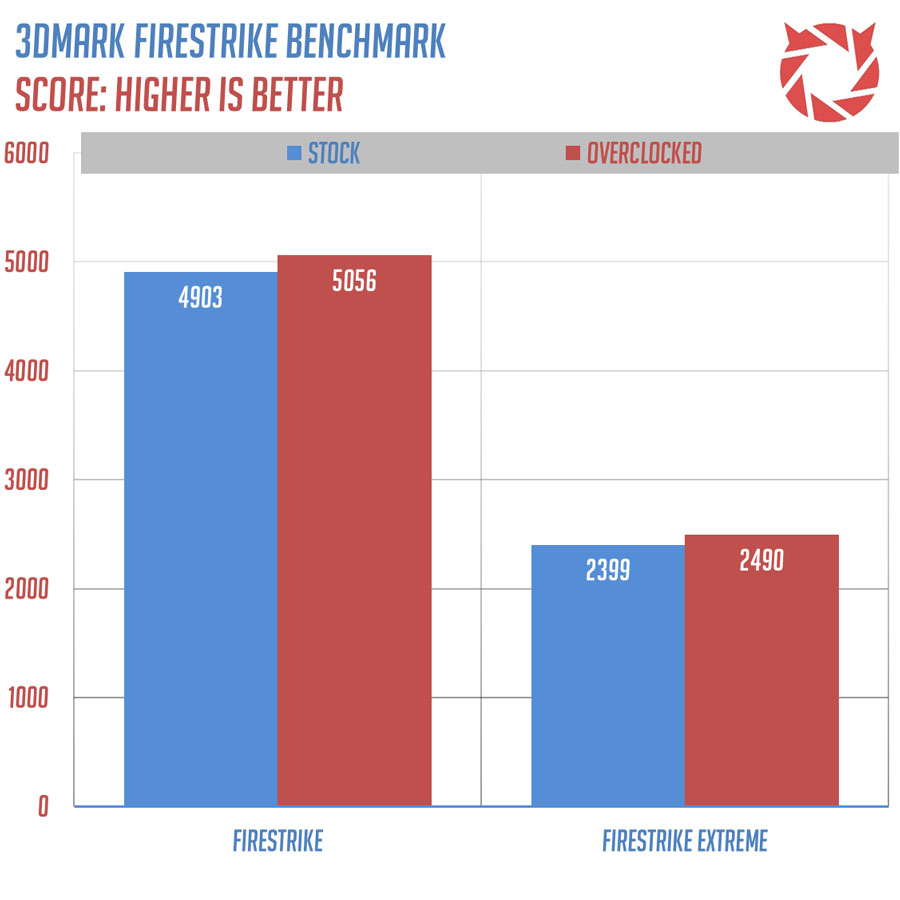



4.5
3.5